Across the vast and storied lands of Asia, where the mists of time swirl about towering temples and verdant rice paddies, tales of extraordinary creatures have been etched into the cultural consciousness. These beings transcend the ordinary, embodying the hopes, fears, and boundless imagination of civilizations both ancient and enduring. Let us embark on a journey through the mystical realm of Asian folklore, uncovering some of its most iconic mythological beasts.
The Majestic Dragons
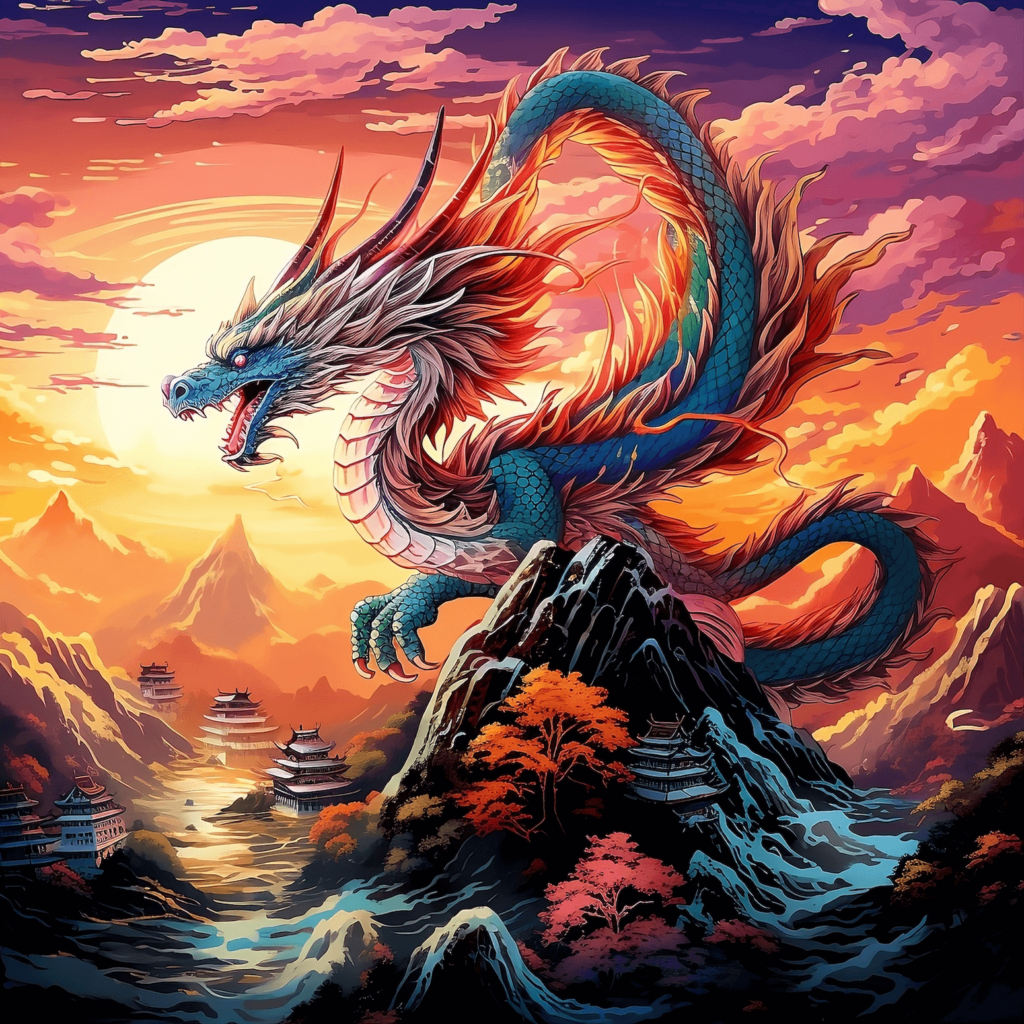
In the heart of Asian mythology lies the awe-inspiring presence of dragons, revered and feared in equal measure. Unlike their Western counterparts, Asian dragons are often benevolent and wise, representing celestial power and good fortune. Chinese, Japanese, and Korean cultures, among others, share their own unique tales of these serpentine deities.
The Chinese dragon, with its sinuous form and regal demeanor, symbolizes imperial power and prosperity. It is said that dragons control the rains and rivers, ensuring fertility and abundance for the land they grace.
Meanwhile, the Japanese dragons, known as “ryu,” are guardian spirits with the ability to shape-shift and manipulate the weather. These ethereal beings embody strength and wisdom, often depicted with jewel-like orbs known as “tama,” symbolizing their cosmic influence.
Yokai: Spirits of the Otherworld
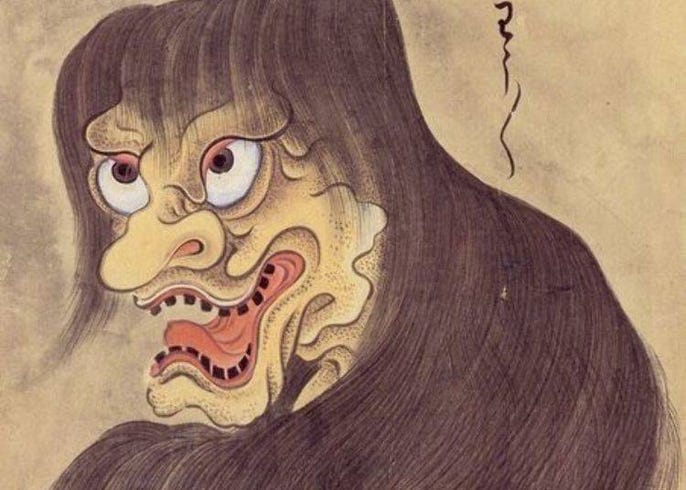
Venture into the shadows, and you’ll encounter the mystical world of Yokai, supernatural entities that roam the landscapes of Japanese folklore. Yokai come in diverse forms, ranging from mischievous tricksters to vengeful spirits, each weaving tales of the mysterious and supernatural.
The mischievous Kitsune, a shape-shifting fox spirit, holds a prominent place in Japanese folklore. Possessing the ability to transform into human form, Kitsune often play tricks on unsuspecting mortals, testing their virtue and wit.
Oni, fearsome ogre-like creatures, embody malevolent forces in Japanese mythology. Often depicted with wild hair, horns, and a club, Oni are believed to punish the wicked and protect the innocent.
Also check: Unraveling Darwin’s Theory of Evolution
Nagas and Garudas: Serpent Kings and Eagle Lords

In the ancient traditions of India and Southeast Asia, the realms of Nagas and Garudas unfold, each with its own majestic creatures commanding respect and reverence.
Nagas, serpent deities, are both benevolent and malevolent, dwelling in the depths of oceans and rivers. Often depicted with multiple heads and adorned with jewels, Nagas symbolize fertility and the life-giving power of water.
On the other winged end of the spectrum, Garudas are eagle-like beings that serve as the mount of the Hindu god Vishnu. These majestic creatures represent the triumph of good over evil, with the ability to soar to the heavens and battle the forces of darkness.
Conclusion
As we conclude our journey into the mythological creatures of Asia, we are left in awe of the diverse and captivating beings that populate the ancient narratives of the East. From the celestial dragons to the mischievous Yokai, each creature contributes to the rich cultural tapestry that defines Asia’s mystical heritage.
Let us continue to unravel the mysteries that lie hidden in the annals of mythology, for in doing so, we not only delve into the stories of the past but also discover the timeless wisdom and imagination that continue to shape the present and future. Embark on your quest, dear seekers, and may the mythical creatures of Asia guide you through the realms of wonder and enchantment.
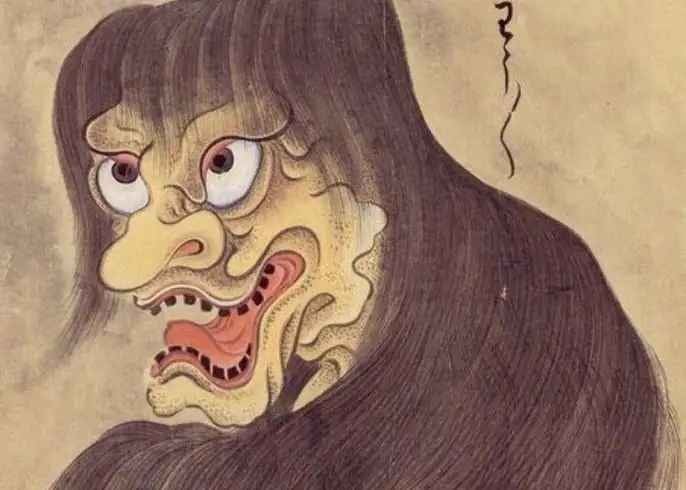

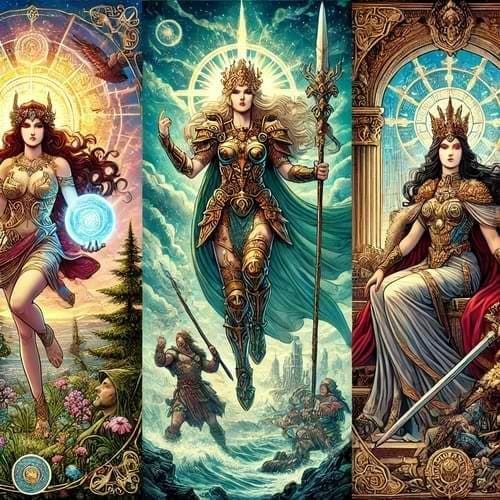

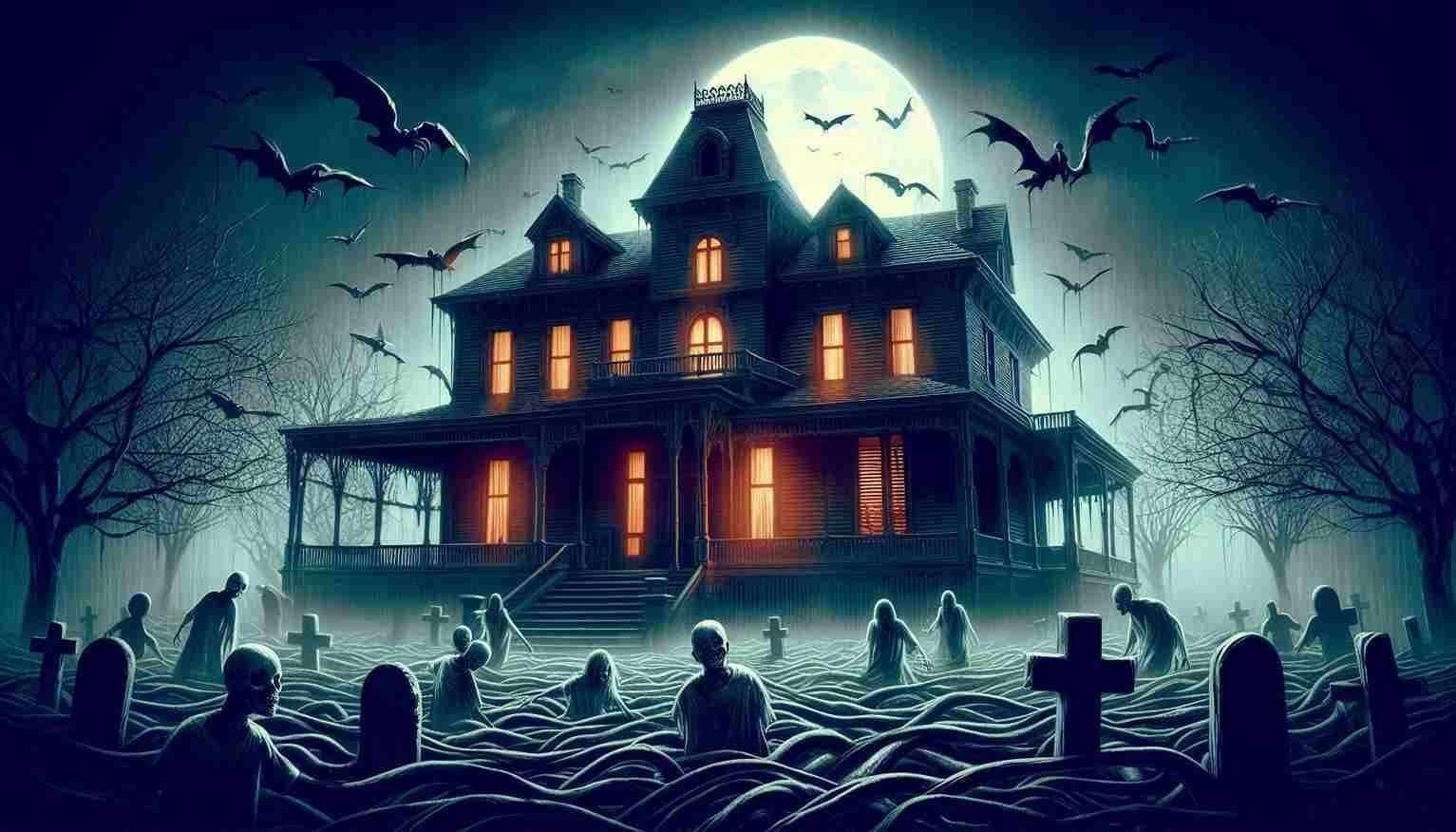

Leave a Reply